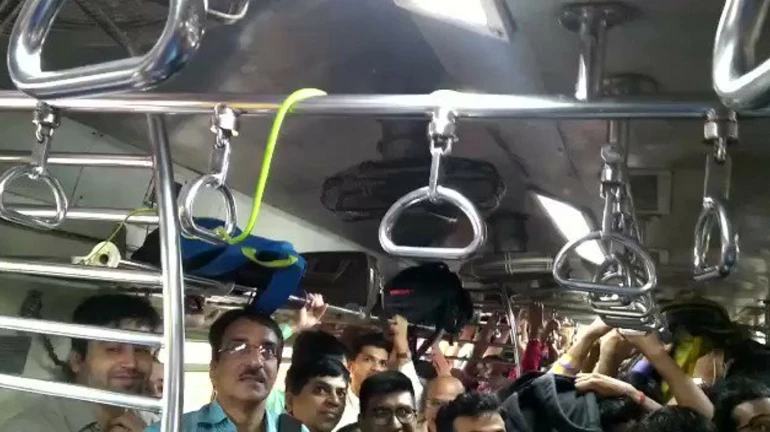
The Mumbai Rail Vikas Corporation (MRVC)'s plan to implement the communication-based train control (CBTC) system has faced a significant setback due to the absence of locally created technology.
It is pertinent to note that the CBTC project was initially proposed by the MRVC over five years ago.
The CBTC system aims to revolutionise train control and signalling. It will also be modified to accommodate various train types including express trains with Kavach technology.
Kavach is an indigenous anti-collision system while CBTC's responsibility is to shorten the distance between trains. Indian Railways is deploying the Kavach technology in all express trains gradually.
CBTC also offers several advantages, including shortening the distance between trains and allowing signals to be placed inside the motorman's cabin. Currently, CBTC technology is successfully employed in metro trains in cities like Mumbai and Delhi.
The CBTC project forms a part of the Mumbai Urban Transport Project (MUTP) 3A and was expected to be implemented gradually. A technical evaluation study conducted by MRVC in 2018-19 marked a significant step in the project's progress. Unfortunately, the project did not move forward beyond this point.
The estimated cost of the CBTC project was set at INR 5,927 crore in 2019. Western Railway (WR) and Central Railway (CR) jointly operate over 3,000 services on the Mumbai suburban systems spanning 319 kilometres. They are both awaiting the implementation of the CBTC system.
Once implemented, the CBTC system has the potential to revolutionise train services in Mumbai. It is projected that the number of train services could triple from the current 15, with a four-minute headway per hour. This improvement would significantly alleviate the burden on the existing infrastructure and enhance the efficiency of the suburban train network.
Currently, the suburban Mumbai line relies on an Automatic Train Signalling (ATS) system with four signals spaced 400 metres apart. This system allows a train to signal the preceding trains when it moves from one signal to the next. Outside the Mumbai division, the Absolute Block Signalling (ABS) system is employed. This system prevents other trains from entering a block section while a train is passing through.
To ensure safety, the Mumbai rail network also utilises an Auxiliary Warning System. It prevents over-speeding and warns against jumping red signals.





